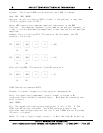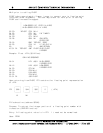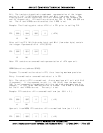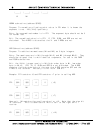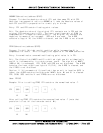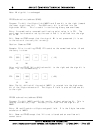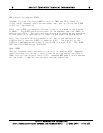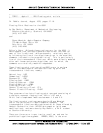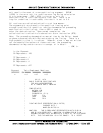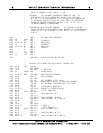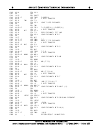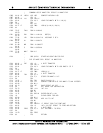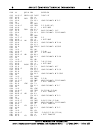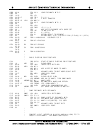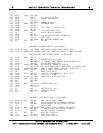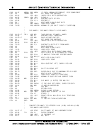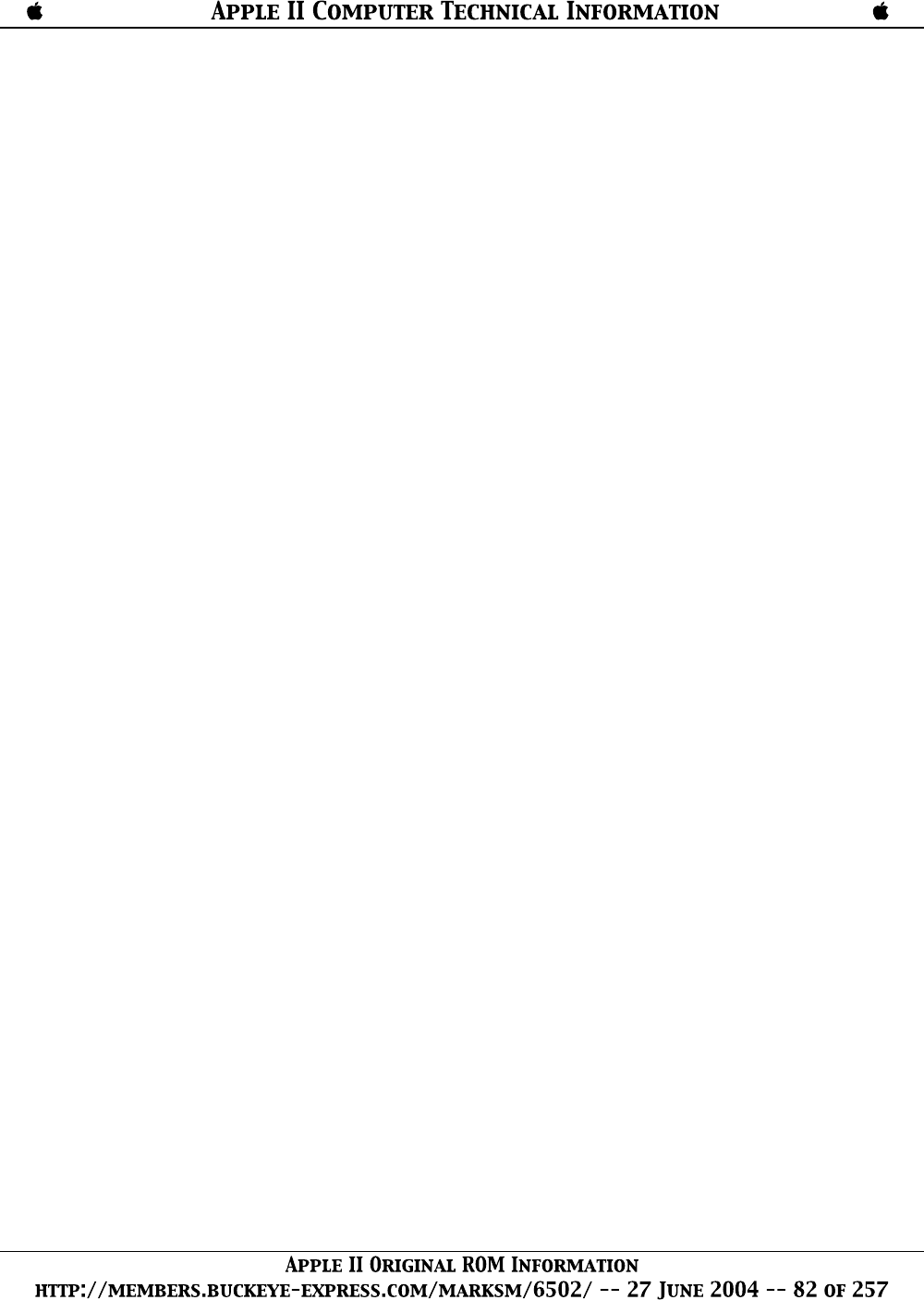
exit used in the event of a non-positive log argument. OVFLW
(1E3B) is the error exit for overflow occuring during calculation
of e to some power. OVFL (1FE4) is the error exit for
overflow in all of the floating point routines. There is no
trap for underflow; in such cases, the result is set to 0.0.
All routines are called and exited in a uniform manner:
The arguments(s) are placed in the specified floating point
storage locations (for specifics, see the documentation preceeding
each routine in the listing), then a JSR is used to
enter the desired routine. Upon normal completion, the
called routine is exited via a subroutine return instruction (RTS).
Note: The preceeding documentation was written by the Editor, based
on phone conversations with Roy and studying the listing. There is a
high probability that it is correct. However, since it was not written
nor reviewed by the authors of these routines, the preceeding
documentation may contain errors in concept or in detail.
-- JCW, Jr.
In the Exponent:
00 Represents -128
...
7F Represents -1
80 Represents 0
81 Represents +1
...
FF Represents +127
Exponent Two's Complement Mantissa
SEEEEEEE SM.MMMMMM MMMMMMMM MMMMMMMM
n n+1 n+2 n+3
* JULY 5, 1976
* BASIC FLOATING POINT ROUTINES
* FOR 6502 MICROPROCESSOR
* BY R. RANKIN AND S. WOZNIAK
*
* CONSISTING OF:
* NATURAL LOG
* COMMON LOG
* EXPONENTIAL (E**X)
* FLOAT FIX
* FADD FSUB
* FMUL FDIV
*
*
* FLOATING POINT REPRESENTATION (4-BYTES)
* EXPONENT BYTE 1
* MANTISSA BYTES 2-4
*
* MANTISSA: TWO'S COMPLIMENT REPRESENTATION WITH SIGN IN
* MSB OF HIGH-ORDER BYTE. MANTISSA IS NORMALIZED WITH AN
* ASSUMED DECIMAL POINT BETWEEN BITS 5 AND 6 OF THE HIGH-ORDER
* BYTE. THUS THE MANTISSA IS IN THE RANGE 1. TO 2. EXCEPT



